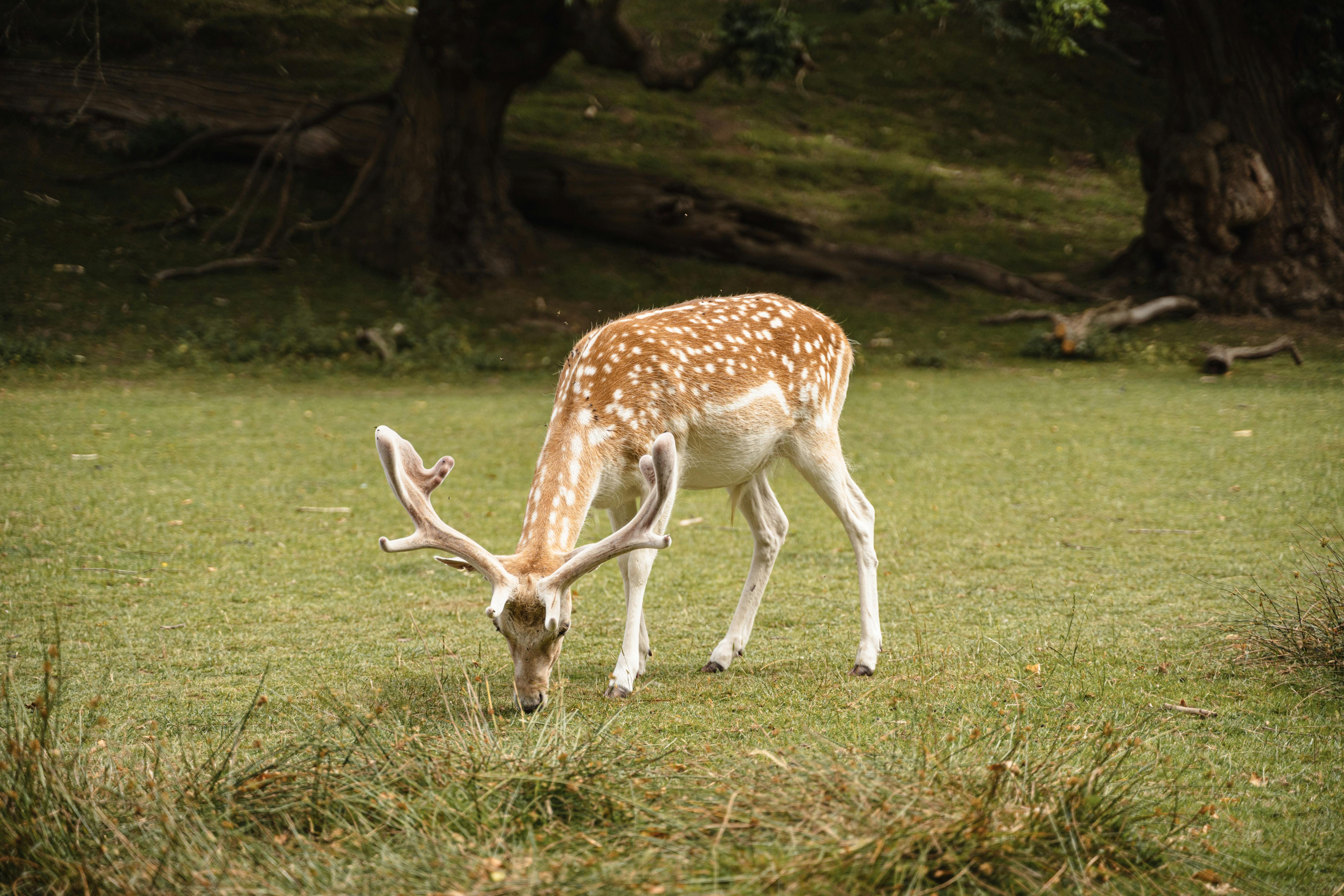Aloe plants are known for their easy care and hardiness, but if your aloe plant has brown spots, it can be a sign of a problem. Brown spots on an aloe plant are usually due to fungal infections, improper watering, or sunburn. In this article, we’ll discuss why your aloe plant might have brown spots and what you can do to treat the problem.Brown spots on aloe plants can be caused by a variety of factors, including overwatering, too much direct sunlight, nutrient deficiencies, and pest infestations. Overwatering can lead to root rot and fungal diseases that cause brown spots on the leaves. Too much direct sunlight can also cause brown spots due to scorching. Nutrient deficiencies such as a lack of nitrogen or potassium can also lead to brown spots. Finally, pests like mealybugs and scales can cause brown spots by sucking plant sap from the leaves.
Identifying Brown Spots on Aloe Plants
Brown spots on aloe plants can be a sign of disease or infection, so it is important to identify the cause in order to effectively treat the plant. The most common causes of brown spots on aloe plants are sunburn, over-watering, and fungal diseases. Knowing how to identify these issues and take appropriate action can help keep your aloe plant healthy.
Sunburn is a common cause of brown spots on aloe plants and usually occurs when the plant is exposed to too much direct sunlight. Sunburn can be identified by its light brown color and dry texture. To prevent sunburn, make sure your aloe plant is placed in an area that receives indirect sunlight or shade.
Over-watering can also cause brown spots on aloe plants and is often identified by its dark brown color and soggy feel. It is important to water your aloe plant only when the soil has dried out completely, as overwatering can lead to root rot and other serious problems.
Fungal diseases such as root rot, powdery mildew, and leaf spot are also common causes of brown spots on aloe plants. These diseases can be identified by their dark brown color and fuzzy or powdery texture. To prevent fungal diseases from occurring, make sure your aloe plant has good air circulation and is not exposed to overly wet conditions for extended periods of time.
What to Do if Your Aloe Plant Has Brown Spots
Aloe plants are known for their soothing and healing properties, but they can also be quite sensitive. If you notice your aloe plant has developed brown spots, it could be a sign of a few different things. It is important to identify the cause of the problem in order to determine how to best treat it. Here are some tips for what to do if your aloe plant has brown spots.
The first step is to assess the level of damage. If the brown spots are localized and not too severe, it may just be a case of sunburn or too much fertilizer. In this case, move the plant away from direct sunlight or reduce the amount of fertilizer you are using. You should also check the soil for any signs of overwatering or underwatering as this can also cause brown spots on an aloe plant.
If the brown spots are more severe or widespread, then it could be a sign of a fungal infection such as root rot or leaf spot disease. In this case, you will need to take steps to get rid of the infection and save your plant. Start by removing any affected parts of the plant and discarding them in a compost pile or garbage bin. Next, ensure that your aloe is getting plenty of air circulation and indirect light in order for it to heal itself.
Finally, if none of these steps seem to be helping, you may need to consider treating your aloe with an appropriate fungicide or insecticide solution. Be sure to follow all instructions on the product label before applying any treatments so that you do not cause further damage to your plant.
By following these tips, you should be able to successfully diagnose and treat any brown spots on your aloe plant and keep it healthy for many years!
Prevention of Brown Spots on Aloe Plants
Brown spots on an aloe plant can be caused by several factors, such as temperature, light, water and pests. To prevent brown spots from appearing on your aloe plant, you should create a temperature-controlled environment for it. Keep the plant away from direct sunlight or in an area with indirect light to avoid sunburns. Additionally, ensure that the soil is adequately moist but not wet. Overwatering can cause root rot which can lead to brown spots on the leaves. Lastly, examine the plant regularly for any pests or insects that may be present and take appropriate measures to get rid of them.
By following these simple steps, you can keep your aloe plant healthy and free of brown spots. Make sure to monitor the environment around the plant carefully and take prompt action if any changes occur in order to ensure that your aloe stays healthy and green.
Signs and Symptoms of Brown Spots on Aloe Plants
Brown spots on aloe plants can be a sign of a variety of issues, from nutrient deficiencies to fungal infections. Depending on the cause, the spots may be small or large, and may be scattered around the plant or present in a concentrated area. It is important to identify the cause of brown spots in order to provide the appropriate treatment.
A common cause of aloe plant brown spots is sunburn. Aloe plants are native to tropical and subtropical climates and do not do well in direct sunlight for prolonged periods of time. Leaves that are exposed to too much sun will become dry, discolored, and eventually develop brown spots. To prevent sunburn, ensure that aloe plants are kept out of direct sun for long periods during hot summer days.
Another possible cause of brown spots on aloe plants is nutrient deficiency. Aloe plants require adequate levels of nitrogen, potassium, phosphorus, and other minerals in order to thrive. If any one of these elements is deficient or out-of-balance with the others, it can lead to yellowing leaves and eventual brown spots. To remedy this problem, use a liquid fertilizer formulated specifically for aloes every two weeks during the growing season.
Fungal infections can also lead to brown spots on aloe plants. Fungal spores enter through wounds or natural openings in the leaves and grow rapidly under warm, moist conditions. The affected leaves will turn yellow before developing dark brown spots with raised edges that spread across the surface. If your aloe plant is suffering from a fungal infection, spray it with an appropriate fungicide every 14 days until the infection has cleared up completely.

Fungal Diseases That Cause Brown Spots on Aloe Plants
Aloe plants are incredibly resilient and can withstand many of the common types of plant diseases. However, they are also susceptible to certain fungal diseases that can cause brown spots on the leaves. These spots can be alarming when first spotted, but there are a few things you can do to minimize the damage and keep your aloe plants healthy.
The most common type of fungal disease that causes brown spots on aloe plants is Botrytis cinerea, also known as gray mold. This fungus is spread by air currents and thrives in moist, humid environments. It will cause small, circular brown spots to form on the leaves of the aloe plant, which can eventually spread and cover the entire leaf.
The best way to prevent gray mold from infecting your aloe plants is to create an environment that is not conducive for its growth. This means providing plenty of ventilation and making sure that there is adequate air circulation around your plants. It’s also important to avoid overwatering your aloe plants, as this will create a damp environment that is perfect for gray mold to thrive in.
If you do find that your aloe plants have been infected with gray mold, you should act quickly in order to minimize the damage it can cause. Remove any affected leaves from the plant and discard them in a sealed bag away from other plants. You should also make sure to sanitize any tools or surfaces that may have come into contact with the infected leaves in order to prevent further spread of the disease.
Finally, you should look into using a fungicide spray specifically designed for treating gray mold on aloe plants. Spraying your aloe plants with this fungicide once every two weeks should help control any future outbreaks of gray mold and keep your aloe plants looking healthy and strong for years to come.
Common Insects That Cause Brown Spots on Aloe Plants
Aloe plants are a great addition to any garden, and they offer many benefits. However, like any other plant, they are susceptible to pests and diseases. One of the most common issues that aloe plants can suffer from is brown spots caused by insects. Common insects that can cause brown spots on aloe plants include mealybugs, aphids, scale insects, and spider mites.
Mealybugs are small pests that have a white, cottony appearance. They feed on the sap of the plant and often congregate in clusters on the underside of leaves or in crevices of the stem. Mealybugs can cause yellowing or brown spots on aloe leaves as well as sooty mold from the honeydew they excrete.
Aphids are small green or black insects that feed on sap from the plant’s leaves and stems. They can cause yellowing or brown spots on the aloe’s leaves and can also secrete a sticky substance known as honeydew. This honeydew can lead to sooty mold growth which further discolors the leaves.
Scale insects are small pests that attach themselves to stems or leaves of aloe plants and feed on their sap. They create a waxy covering over their bodies so they blend into their surroundings making them difficult to notice until their numbers become large enough to cause discoloration in the form of yellowing or brown spots on leaves and stems.
Finally, spider mites are tiny arachnids that feed on sap from aloe plants causing yellowing or brown spots as well as webbing around areas they’ve infested. Spider mites thrive in hot and dry conditions so it is important to keep an eye out for them if your environment is particularly dry or hot during certain times of year.
If your aloe plant has developed brown spots due to any of these common insects, it is important to take action right away in order to prevent further damage to your plant. Treatments such as neem oil sprays or insecticidal soap will help get rid of these pests and protect your aloe plant from further harm caused by them.

Conclusion
Aloe plants can be a great addition to your home, but they do require some maintenance. Brown spots on an aloe plant are usually caused by direct sun exposure, over-watering, or nutrient deficiencies. If you see brown spots on your aloe plant, take action to identify and address the underlying cause. Start by ensuring that your aloe is getting the right amount of water and sunlight, and then move on to testing soil for nutrient deficiencies. With the right care, you can keep your aloe plant healthy and thriving for years to come.
No matter what kind of issues you’re experiencing with your aloe plant, the most important thing is to stay vigilant and take action as soon as possible. Keep an eye out for signs of distress in your aloe plant so you can act quickly and prevent further damage. With the right care and attention, you can keep your aloe plant healthy and beautiful for years to come.

